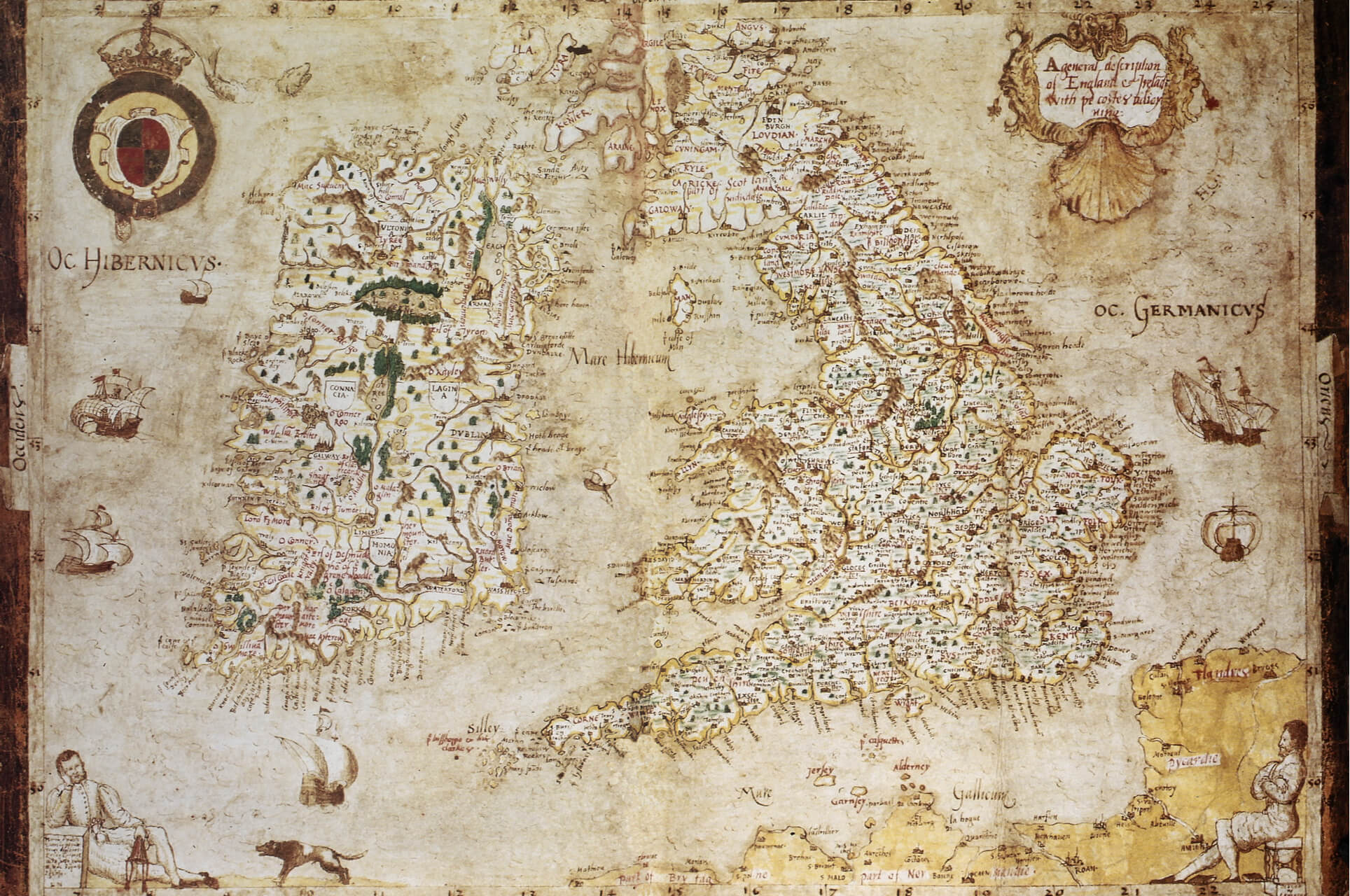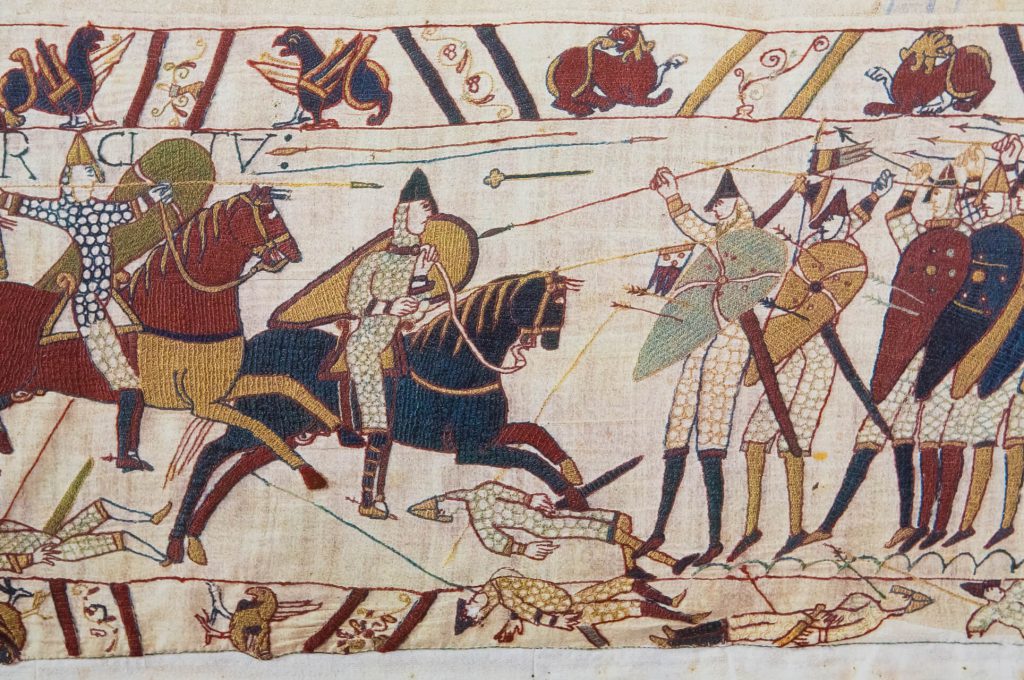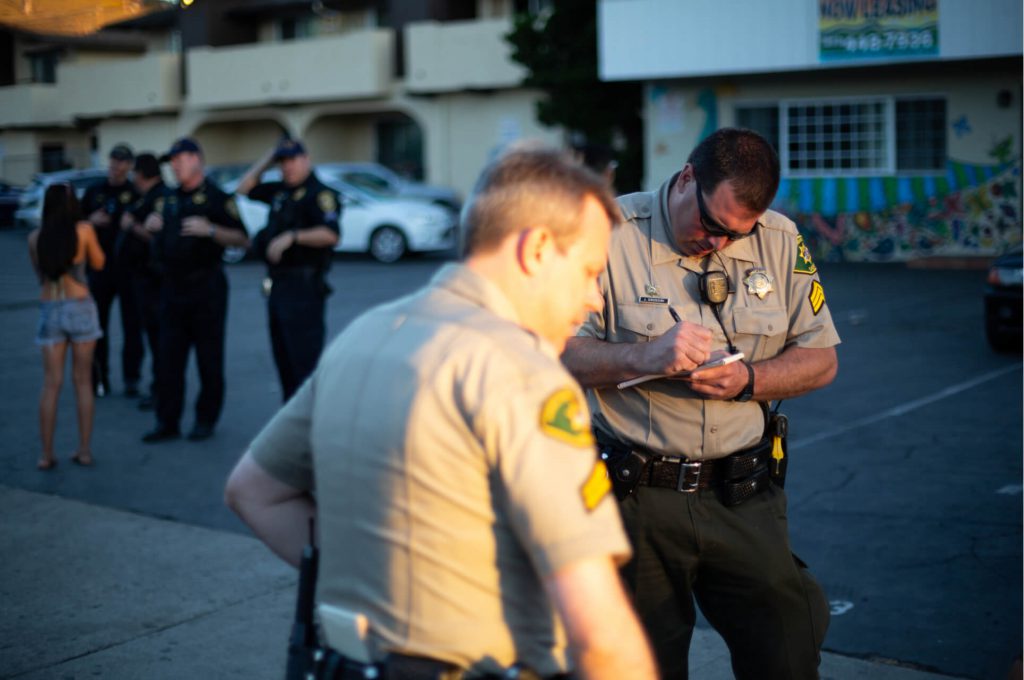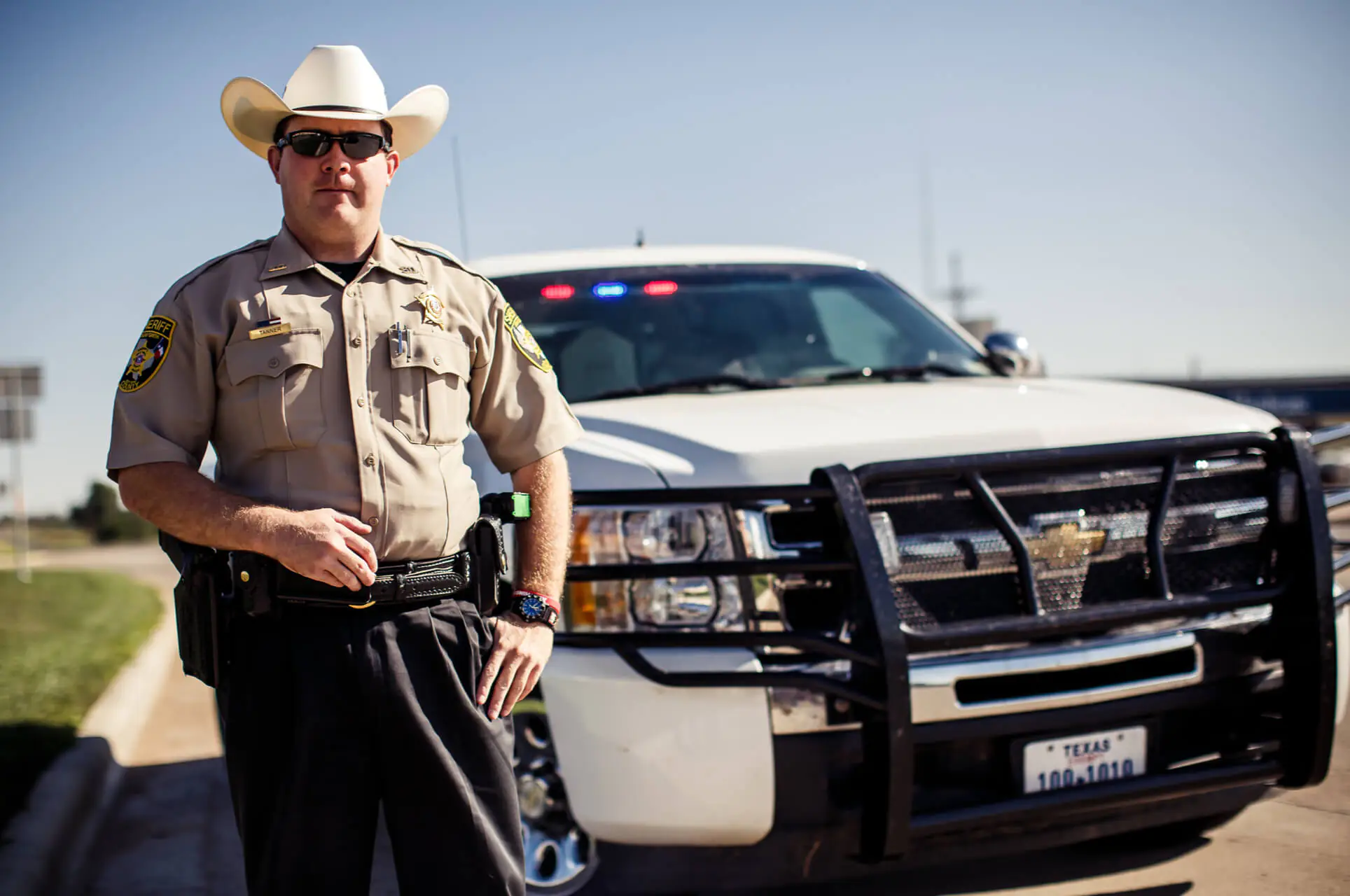Upon hearing the word sheriff, you may imagine a showdown taking place several hundred years ago in a dusty forgotten town in the Wild West. However, the role of sheriff has an extensive history that dates back more than a thousand years to Medieval England.
The Birth of the Shire-Reeve
In the 9th century, the Anglo-Saxons controlled most of England, which they divided into a number of kingdoms with their own monarchies. The kingdoms’ residents had to pay money to the crown, which would often cause conflict; therefore, the people elected a gerefa (the old English word for chief) to keep the peace and collect the tun’s (town’s) contributions.

The gerefa, who acted as the tun’s spokesperson, became known as the reeve. While England grew and its tuns became ‘shires’, reeves soon became representatives for these early ancestors to modern counties and were appointed by the crown. Before long, the two words became forever entwined as shire-reeve.
The Sheriff Becomes a Seat of Nobility
After the Norman Conquest in 1066 by the country we now know as France, King William dismantled the local system of rule and governance and increased the shire-reeve’s power and responsibilities to include: collecting taxes, keeping the king’s peace, keeping a record of criminals, arresting wanted individuals and managing prisons. Most of these formed the current basis of a sheriff’s duties in the USA today. The importance of the sheriff’s service varied considerably under the whims of the regularly changing kings – there were once three crowned in the same year – yet the office of the sheriff persisted nonetheless.

In the Magna Carta (England’s precursor to the US Constitution), the role of the sheriff is mentioned nine times in reference to the restrictions and responsibilities imposed upon them. By this time, in 1215, the concept of a democratically elected sheriff was a thing of the past, with the sheriff now being a solely royally appointed position. While it was a great honor, the role of sheriff demanded great personal expense and many people sought ways to avoid being selected; once chosen, you were required by law and rule to step up to the challenge.
The Sheriff in the New World
By the 1800s, the office of the sheriff had lost much of its power and had become a ceremonial position, which has remained the case in the UK to this day. However, the sheriff’s responsibilities found a new foothold across the ocean. As the first settlers from the British Isles crossed the Atlantic and settled permanently in the New World in 1620, they brought with them the title of sheriff, which would become an iconic part of American culture for the next 400 years.
The first recorded sheriff in America was Sheriff William Stone, who was appointed to the role in 1634 to represent the shire of Northampton, Virginia. Before adopting the term ‘county’, the people used ‘shire’ as they had in England. Much in the way of the later English sheriffs, Stone was placed in a position of power by wealthy landowners who wanted to protect their territories.
This process was emulated by most of the original colonists, but it was phased out over time with power soon returning to ordinary people to elect their sheriff as protector. In 1652 in Northampton, Sheriff William Waters became the first man chosen by the people, demonstrating an evolution of office that remains to this day an integral symbol of America’s democratic makeup.
The Sheriff Ventures to the Frontier
As the American people expanded their reach and moved further west, sheriffs and their office were seen as the sole bastions of law and order in the chaos of the Wild West. Across the western world, children are raised on the stories of lone sheriffs facing hordes of outlaws, passing these tales onto their own children as they grow up.

Whilst there are stories of sheriffs who turned corrupt, as can happen in any position of power, sheriffs were mostly good men who strove to protect the people who had chosen them to stand up for what was right.
Today, the sheriff continues to stand and speak for the many. Chosen ‘by the people, for the people’, 98% of sheriffs are elected by the residents of their country, thus distinguishing them from the traditional police force. The only states that appoint their sheriffs through governmental agencies are Hawaii and Rhode Island.
The sheriff’s responsibility to the people is an intrinsic element of the position, as the people who place their sheriff in power can make the decision to vote them out in the next election and replace them with somebody who will truly honor the gravitas of the role.
The Sheriff in our Time and Place
The duty of the sheriff does not end with the public but also extends to the care of prisoners. Sheriffs tend to the incarcerated, ensuring that they are afforded their rights despite being held at the state’s leisure. Sheriffs transport the prisoners to and from the court and ensure that they have access to education, recreation, and medical treatment.

When stripped down to the bare bones, the major difference between the office of the sheriff and the police force can be described as follows: the police have a duty of protection to the people in the name of the law, while a sheriff has a duty of care to the people in the name of the people themselves.
As the oldest continual, non-military law enforcement agency in the entire history of the world, the role of the sheriff has stood the test of time and will undoubtedly remain a figurehead of the American way of life as we march into the future.

